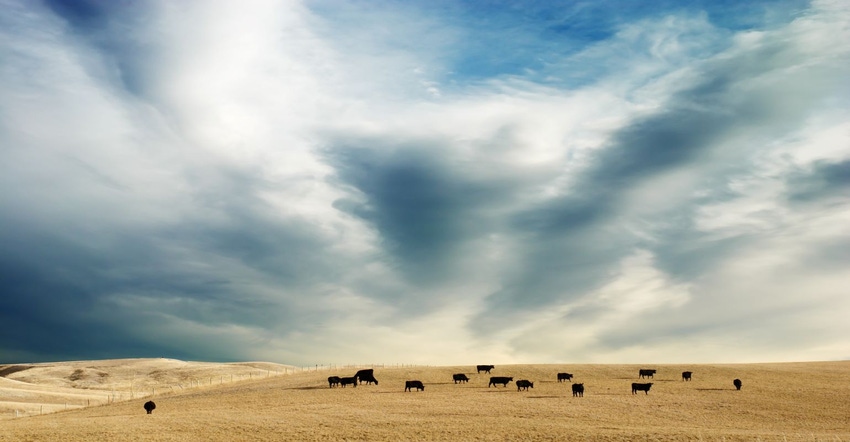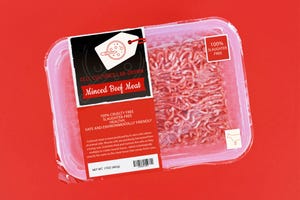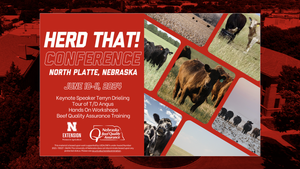Stretching short wheat pasture with high grain prices
Consider rainfall and the weather when consider wheat pasture prospects.
January 5, 2022

This year most of central and western Oklahoma has gone for over 40 to 60 days with less than 0.25 inches of rainfall and in the Oklahoma Panhandle it has been over 70 to 120 days with less than 0.25 inches of rainfall. We had decent wheat pasture prospects with a rainfall event in mid-October that was at just the right time to get much of our grazing wheat acres going and provide enough forage to turn calves out. There was not enough stockpiled forage to maintain stocking rates if conditions weren’t right. The lack of rain since calves were turned has limited regrowth and pastures are short again.
When wheat forage gets short we often look to research from the OSU Wheat Pasture Research Unit at Marshall from the 1990’s where concentrate supplements containing monensin were fed at 0.65 to 0.75% of body weight (for example, 4 pounds per day for a 533-pound steer) and stocking rate was increased 22 percent to 44 percent.
Weight gains during the fall/winter grazing were increased by 0.33 pound per day with a mean supplement conversion of 5 pounds of as-fed supplement per pound of increased gain per acre. This supplement contained monensin that has been shown to increase gains of growing cattle on pasture by 10 to 15% and reduce forage intake by about 10%. This supplementation program can also be used to stretch wheat forage when pastures are 60 to 80% of normal.
The economics of this program are usually very good when feed prices are low to moderate with costs of added gain around 50 to 75 cents per pound of added gain when feeds cost $150 to 200/ton, but escalate to over $1/pound when feed prices are $400/ton.
Although intake of low quality roughages is not high enough to offset wheat forage intake and can reduce performance of growing calves. Research has shown that offering high quality roughages such as corn silage or sorghum silage or high quality round bale silages can be used to replace short wheat pasture or double stocking rates on wheat pastures. In the 1980’s research showed that feeding silage daily to calves on wheat pasture allowed stocking rates to be increased by up to 2X without reducing steer performance.
When faced with short wheat pastures on some research fields a few years ago, we used this research to keep calves on short wheat pastures using round bale bermudagrass silage. Several of our fields had normal forage yields of 2500 pounds of forage per acre, where we grazed during the fall and winter with 1 calf per acre with forage allowance of 4 pounds of wheat per pound of steer and had gains of 3.3 lbs/day. Other fields were planted later and only had 70% of normal (1800 pounds of forage per acre) that we stocked at 1.5 steers per acre (forage allowance of 2.1 pounds of forage per pound of steer) and fed free-choice round bale bermudagrass silage (14% CP and 56% TDN) weekly.
Even with higher stocking rates and less forage per acre these steers gained 2.6 pounds per day and total gain per acre increased from 250 for our ‘normal’ production to 300 pounds per acre. This only took about 4.5 pounds of silage dry matter per pound of added gain per acre. Using high quality, palatable hays or silages are able to stretch wheat pastures when concentrate feeds are expensive.
A recent Rancher’s Thursday Lunchtime Series from November 4, 2021 included discussions on stretching wheat pasture or other alternatives ranchers are using when wheat pasture is not available. https://www.youtube.com/watch?v=1BV69V0-j_U
Source: Oklahoma State University, which is solely responsible for the information provided and is wholly owned by the source. Informa Business Media and all its subsidiaries are not responsible for any of the content contained in this information asset.
You May Also Like



